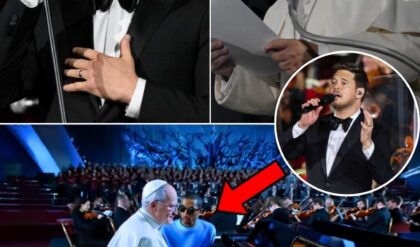Shōgun episode 10 confirmed the show was never supposed to be the new Game of Thrones and delivered a surprising yet satisfying finale.
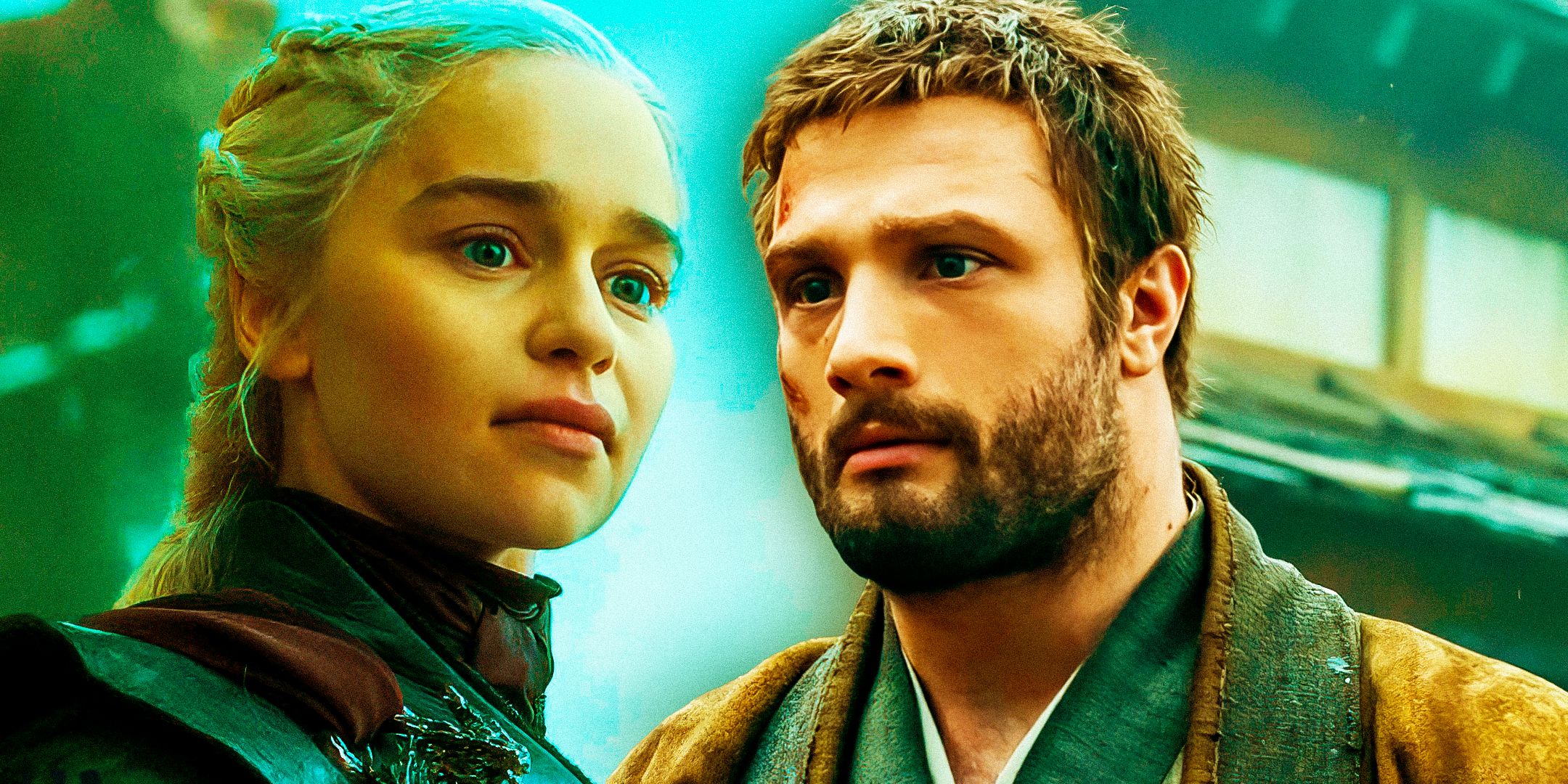
Shōgun episode 10 was the perfect finale to the show and proved it was never supposed to be the new Game of Thrones. From the moment Shōgun’s first trailer was released, comparisons between the FX miniseries and Game of Thrones became common. Interestingly, one of the Shōgun directors preferred to compare it with a different HBO show, Succession. Now that the Shōgun finale has aired, it has become clear that the Succession comparison makes a lot more sense than the Game of Thrones one. Shōgun was not the new Game of Thrones, nor was it intended to be.
Based on James Clavell’s novel of the same name, which itself was inspired by the true story of Tokugawa Ieyasu and William Addams, FX’s Shōgun aired for 10 episodes. This was enough to cover all of the novel, which is why Shōgun season 2 is not happening. Between John Blackthorne’s dream of a future that will never come to be and Lord Toranaga’s vision for a new era that starts with his shogunate in Edo, Shōgun’s final episode answered a lot of questions and delivered a satisfying conclusion to the series.
Shōgun’s Finale Prves The Show Couldn’t Be More Different From Game Of Thrones
Shōgun ended with no major battles or unexpected deaths
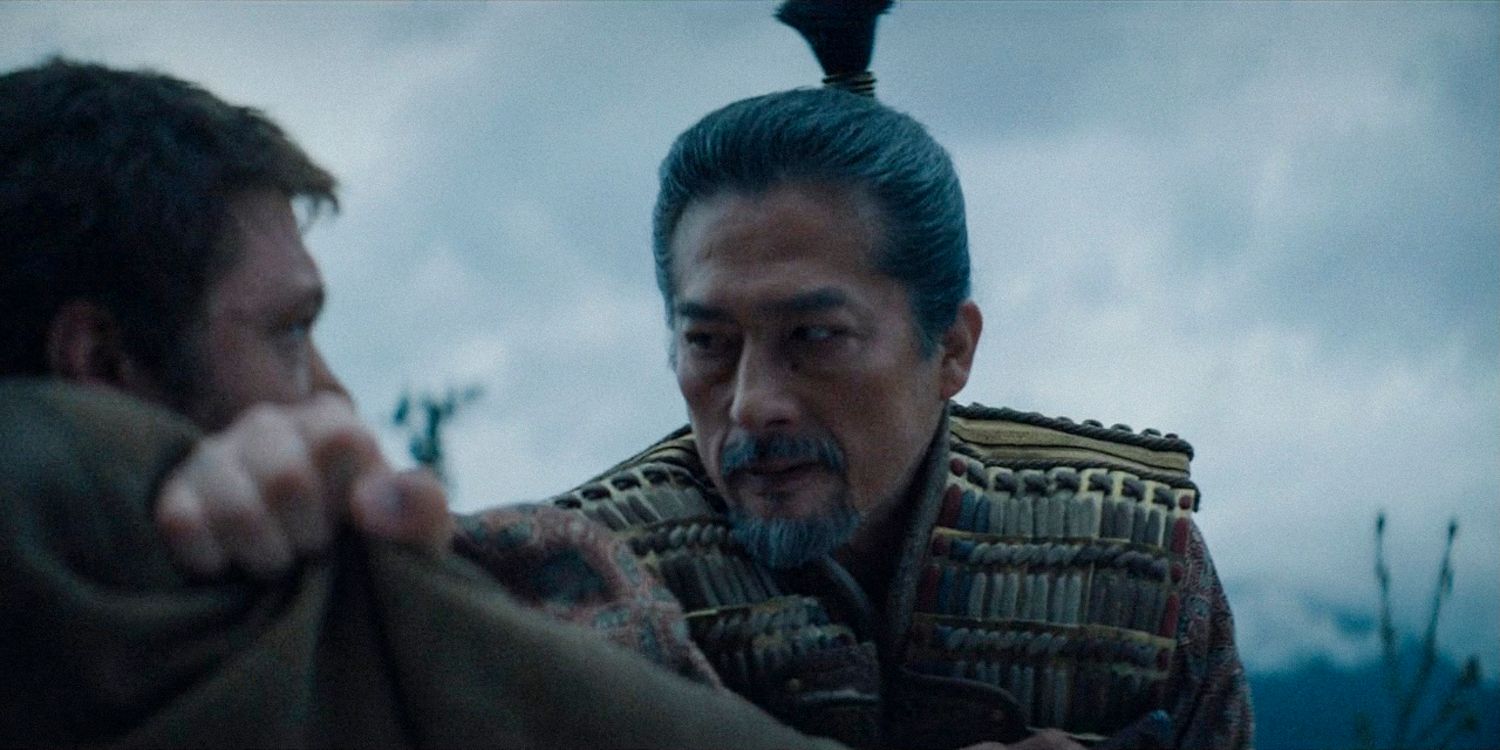
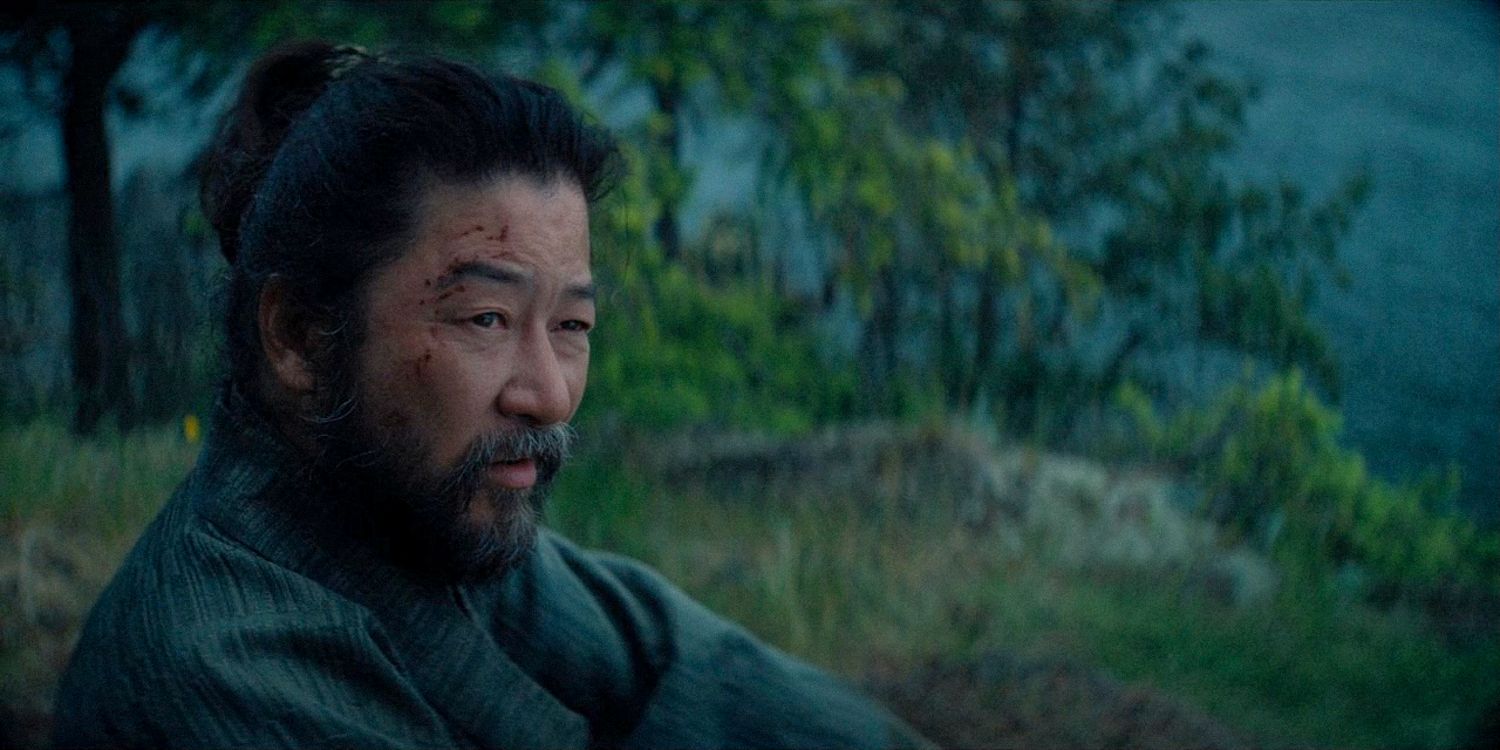
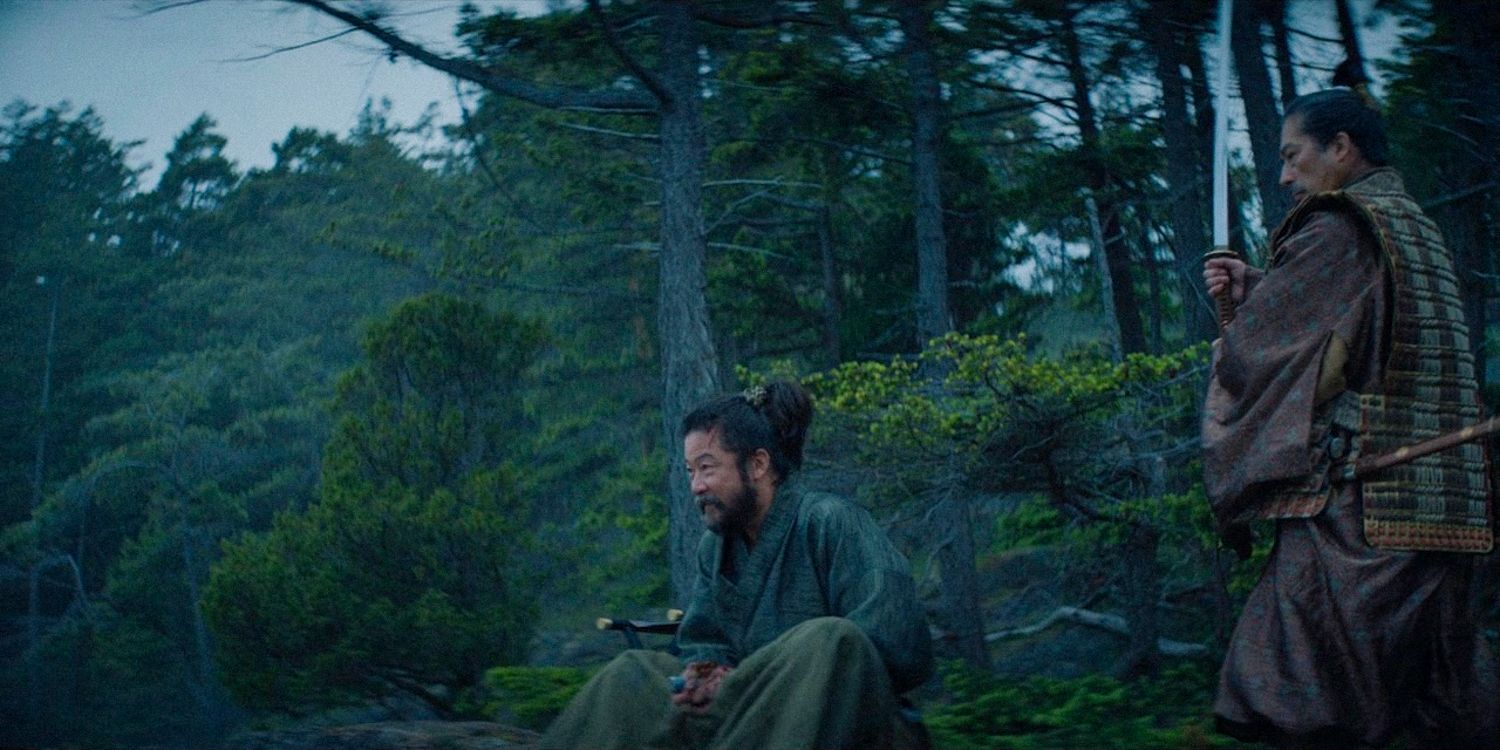
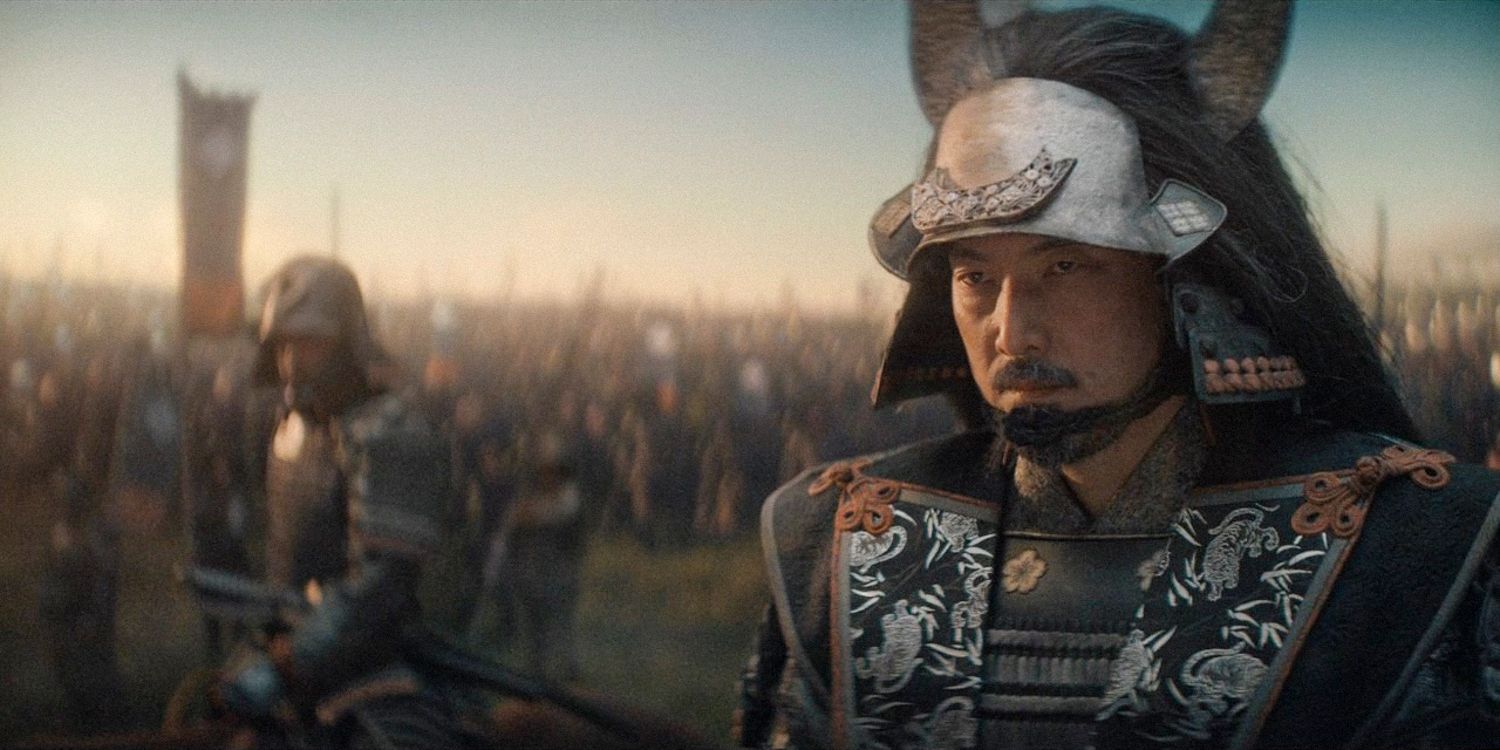
Even though it seemed like the series was setting up a major battle between Toranaga’s forces and Ishido’s, Shōgun episode 10 had no action sequences. The finale preferred to focus on revealing the details of Lord Toranaga’s plan while wrapping up the stories of John Blackthorne, Fuji, and Yabushige. While Shōgun’s finale had some major twists, including the reveal that Toranaga was planning to take over the whole time, it did not have any surprising deaths or action-packed sequences. The approach Shōgun’s finale took further proved the show could not have been more different from Game of Thrones.
As a result of the initial Game of Thrones comparisons, many must have expected Shōgun to deliver major battles throughout the series, or at least in the finale.
Almost every Game of Thrones finale ended with a massive battle or the shocking death of an important character, adding to the sense of scale and spectacle the series had. While the political games and the interactions between the characters were important parts of Game of Thrones, the HBO show also positioned itself as a must-see fantasy series with incredible visual effects and movie-quality action. Moments like the Blackwater Bay battle or the Battle of the Bastards helped partially define Game of Thrones as an action show, which Shōgun never was.
Character
Actor
Real-Life Inspiration
Yoshii Toranaga
Hiroyuki Sanada
Tokugawa Ieyasu
John Blackthorne
Cosmo Jarvis
William Adams
Toda Mariko
Anna Sawai
Hosokawa Gracia
Kashigi Yabushige
Tadanobu Asano
Honda Masanobu
Kashigi Omi
Hiroto Kanai
Honda Masazumi
Ishido Kazunari
Takehiro Hira
Ishida Mitsunari
Ochiba-no-kata
Fumi Nikaido
Yodo-dono
As a result of the initial Game of Thrones comparisons, many must have expected Shōgun to deliver major battles throughout the series, or at least in the finale. Although Shōgun did have some great action sequences, such as Lady Mariko’s fight against the guards in Osaka, those were not the focus of the show. After nine episodes with only a couple of fight scenes, it was not at all surprising that Shōgun had a more introspective finale. Highlighting the tension between Blackthorne and Toranaga, for example, was more important than showing the Battle of Sekigahara.
Shōgun Finale’s Lack Of Action Confirmed The Show’s Greatest Strength
Shōgun didn’t need non-stop action to be great
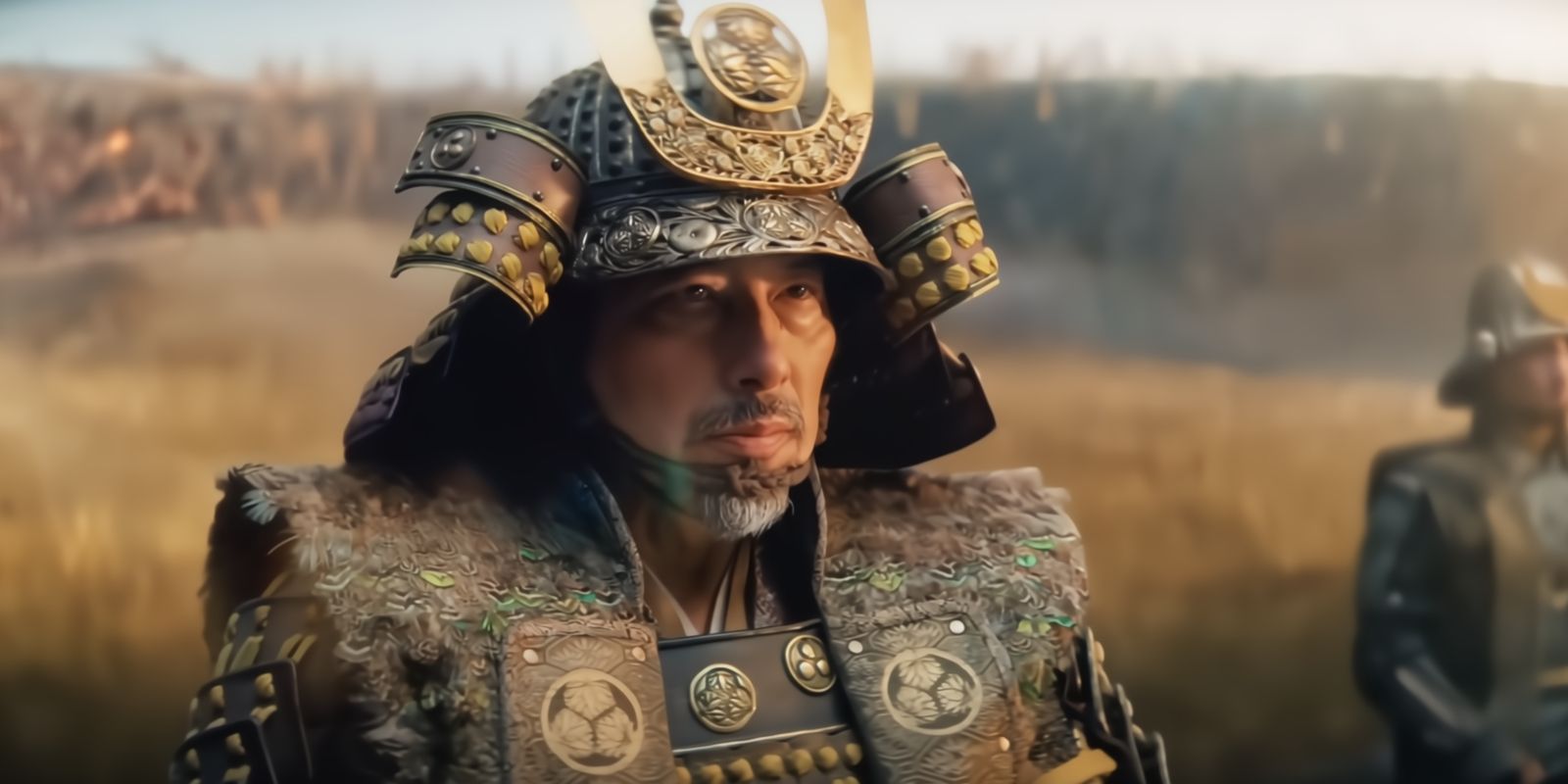
Shōgun’s universally praised episode 10 proves that the show did not need to change its tone for the finale. Even though it could be argued that the series was setting up a war between Toranaga and Ishido for the finale, seeing how the conflict was resolved from behind the scenes was a far more interesting approach for a show like Shōgun. Toranaga and Ishido did meet on the battlefield, yet the war was already over when it happened. As soon as the Regents and Ochiba-no-kata turned on Ishido, Toranaga had already won.
Yabushige’s seppuku scene in Shōgun episode 10 served as a way for the show to explain Lord Toranaga’s plan in a clever use of exposition. The Battle of Sekigahara was shown as a part of a montage during which Toranaga detailly explained his plan, which started years before the events of the show. Shōgun’s finale matches how James Clavell’s Shōgun novel ended, even though there were some differences like Fuji’s boat scene with the Anjin. Shōgun episode 10’s lack of action simultaneously respected the show’s tone and source material.
Shōgun & Game Of Thrones Did Have Some Things In Common
Shōgun’s political games defined the show
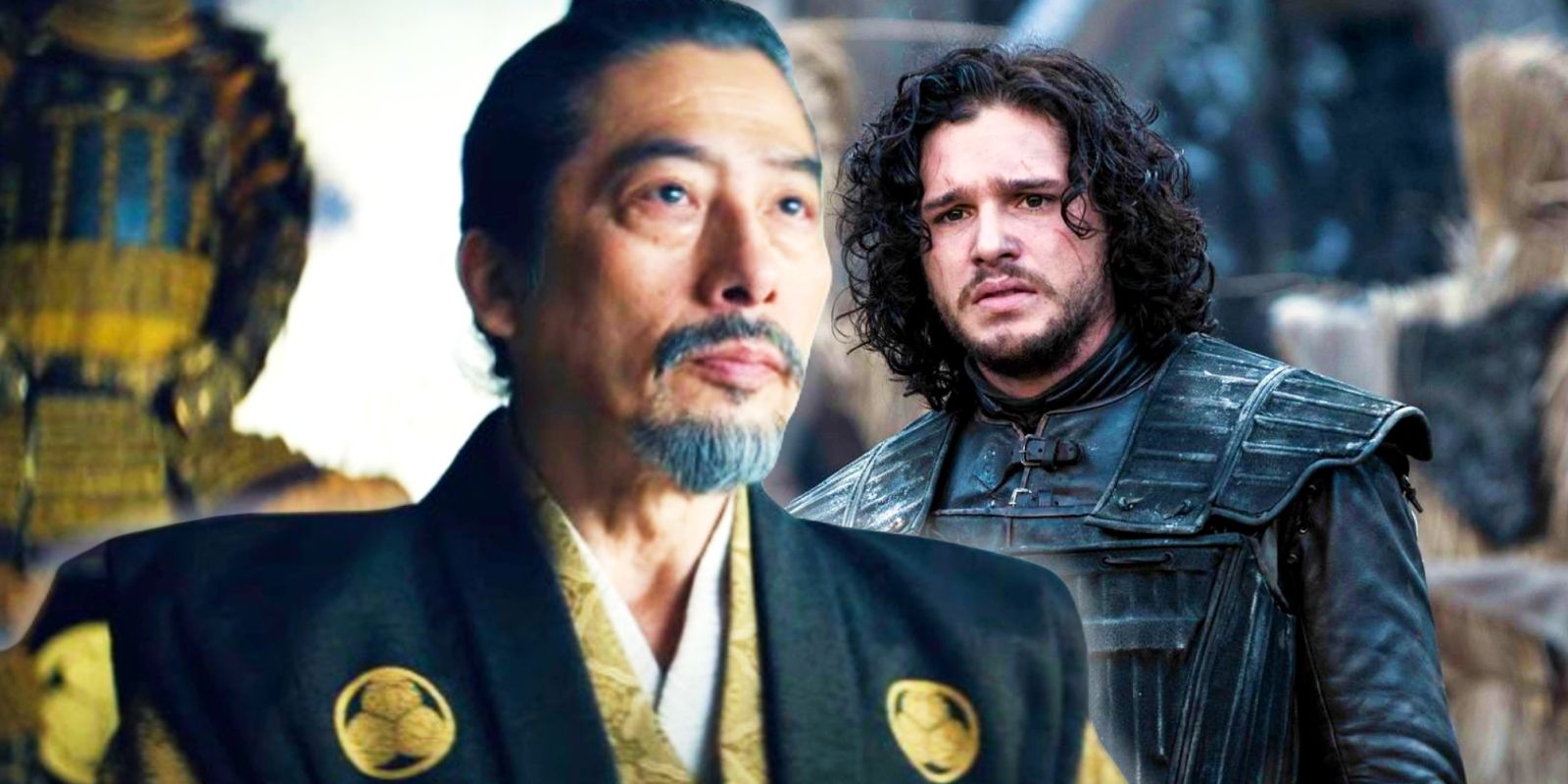
The comparisons between Shōgun and Game of Thrones were not unjustified. One of the best and most influential shows of all time, Game of Thrones changed the TV landscape forever. Not only did Game of Thrones change how viewers consume television, but it also raised the bar for TV productions, allowing for ambitious shows like Shōgun to happen across all networks and streaming platforms. Therefore, it is natural for shows that share some similarities with Game of Thrones to be compared to the HBO classic. Shōgun’s period piece epic aesthetic immediately led to Game of Thrones comparisons.
The idea of major players competing for power in an epic period drama also led to comparisons between Shōgun and Game of Thrones, the former of which was much closer to real-life events than the latter. While George R.R. Martin’s A Song Of Ice And Fire obviously draws a lot from the sociopolitical context of 15th-century Europe, the saga heavily leaned on fantastical elements, from dragons to undead creatures. Clavell’s novel was closer to a historical examination of 16th-century Japan, with most of the Shōgun characters directly based on real-life figures.
Shōgun Stuck The Landing Better Than Game Of Thrones
Shōgun had a much better finale than Game of Thrones
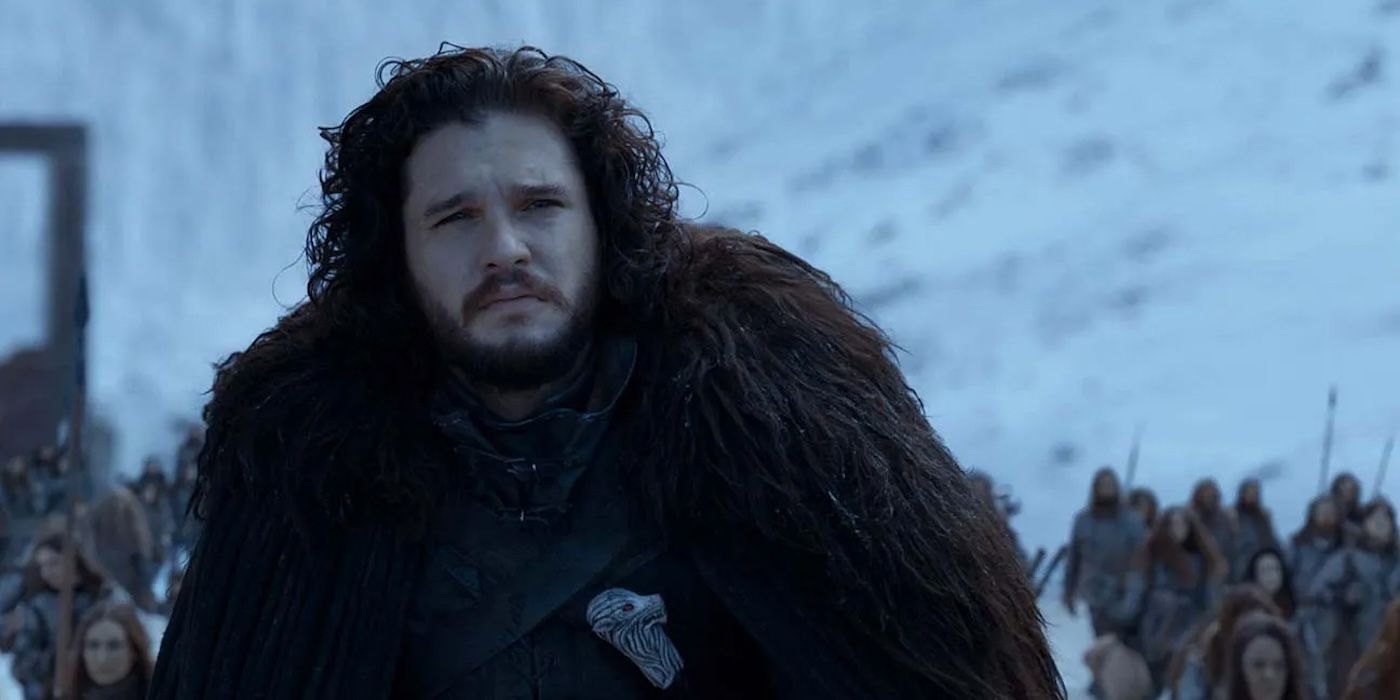
Shōgun episode 10 currently has an 8.6/10 score on IMDB with over 5.6K reviews. The Game of Thrones series finale, “The Iron Throne,” has a 4/10 score on IMDB after 261K reviews. Following a disappointing eighth season, Game of Thrones had one of the most controversial TV show finales of all time, with many arguing that it ruined the entire series in retrospect. Game of Thrones’ finale did leave a lot to be desired, particularly regarding the fates of Daenerys Targaryen and Jon Snow, the saga’s most important characters.
Shōgun, on the other hand, had a consistent finale that lived up to the show’s quality. While wrapping up a 10-episode limited series is very different from concluding an eight-season show, Shōgun’s finale is a reminder of how important it is for a story to stick the landing. A poorly received finale would have ended Shōgun on a disappointing note, which would’ve been especially worse considering there won’t be a season 2. Instead, Shōgun’s perfect final episode highlighted the show’s greatest qualities and delivered emotional, intense conclusions to the arcs of Toranaga, the Anjin, and others.



